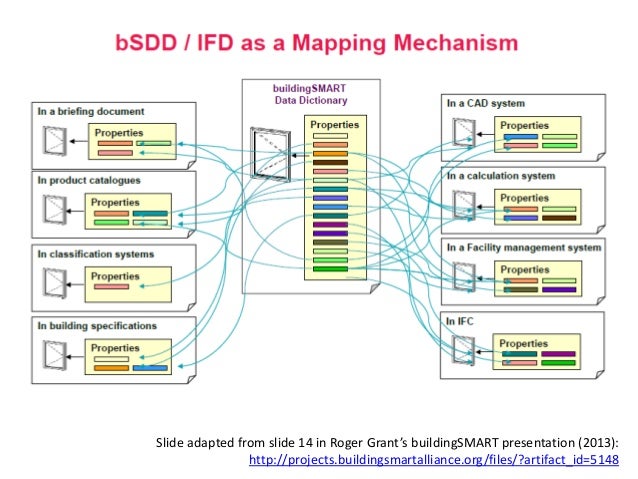

Overall, the most effective methods are Wu & Palmer and Adapted Lesk, which is widely used for Word Sense Disambiguation (WSD) in the field of Automatic Natural Language Processing (NLP). It greatly enhances BabelNet, the award-winning multilingual semantic network. In this article, we are interested to study algorithms that calculate the semantic similarity by using Adapted Lesk algorithm, Wu & Palmer Algorithm, Resnik Algorithm, Leacock and Chodorow Algorithm, and similarity flooding between two ontologies and BabelNet as reference ontology, we implement them, and compared experimentally.

Using BabelNet publicly available resource allows for a reproducible approach. This domain imposes several challenges, among them, the selection of appropriate similarity measures to discover the correspondences. To estimate the parameter values w, we use the likelihood function that. This discipline is a crucial task to solve problems merging and evolving of heterogeneous ontologies in applications of the Semantic Web. taxonomical information: generalizations (i.e., more general concepts) and specializations (i.e.Ontology matching is a discipline that means two things: first, the process of discovering correspondences between two different ontologies, and second is the result of this process, that is to say the expression of correspondences.definitions (often multiple) in each language.Roberto Navigli, Rexhina Blloshmi, Abelardo Carlos Martnez. What makes WordAtlas special is its linkage between concepts and words in hundreds of languages: WordAtlas provides millions of lexicalizations for each language, from common nouns, adjectives, verbs and adverbs, to hundreds of thousands of technical terms and millions of named entities, such as people, locations, organizations and products.Įach meaning comes with a wealth of information, including: BabelNet Meaning Representation: A Fully Semantic Formalism to Overcome Language Barriers. Issues: A first issue concerns whether including the relation lexinfo:translation is essential or not. Roberto Navigli’s lab at the Sapienza University of Rome. LexInfo is an ontology which describes linguistic information and has been used in BabelNet-Lemon to represent various linguistic information, such as translation relations and more specific relation types such as meronymy or holonymy. It greatly enhances BabelNet®, the award-winning multilingual semantic network, thanks to the know-how of years of research in computational linguistics in Prof. WordAtlas is the next-generation multilingual knowledge graph. for Linguistic Linked Data Generation: Multilingual Dictionaries (BabelNet). BabelNet is both a multilingual encyclopedic dictionary, with lexicographic and encyclopedic coverage of terms in 500 languages, and a semantic network which connects concepts and named entities in a very large network of semantic relations, made up of more than 20 million entries.
#Who uses babelnet license#
They organize knowledge into a coherent network of meanings and they enable Artificial Intelligence applications which exploit this knowledge to perform text understanding. Data should be openly license using licenses such as the Creative Commons. As an output of the 'MultiJEDI' Starting Grant, funded by the European Research. We use BabelNet 2.0, a multilingual semantic network which integrates both lexicographic and encyclopedic knowledge, as our sense/entity inventory together. Knowledge graphs are the 21st century counterpart of dictionaries in previous centuries. BabelNet 3.5 covers 272 languages, and offers an improved user interface, new integrated resources of Wikiquote, VerbNet, Microsoft Terminology, GeoNames, WoNeF and ImageNet, and a very large knowledge base with over 380 million semantic relations. Before you can use the HTTP API you must obtain an API KEY by signing up here (note that keys are shared across BabelNet and Babelfy, so if you already.


 0 kommentar(er)
0 kommentar(er)
